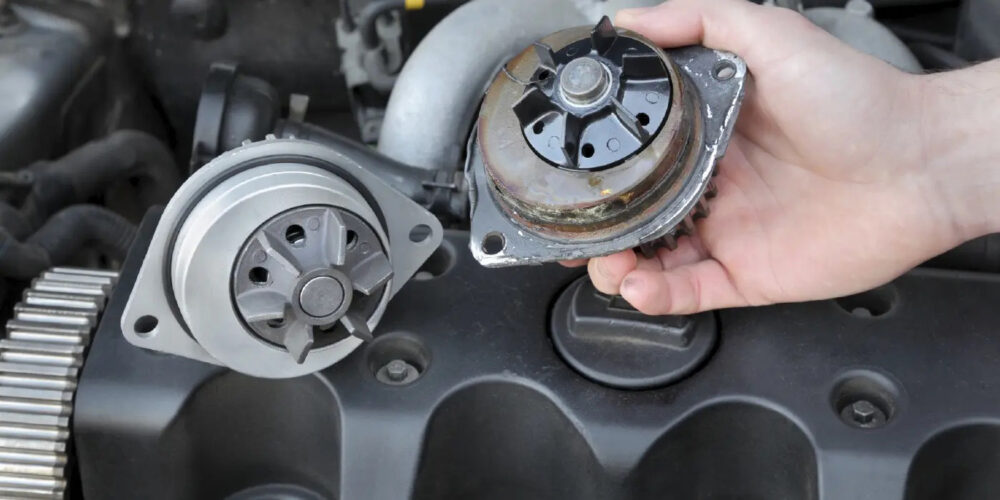A. A lot! It depends on which chassis part is worn, but some like tie rod ends, control arm bushings and ball joints can and do increase tire wear if the parts are worn and loose. Worn tie rod ends in the steering linkage typically cause the front tires to toe-out. It doesn’t matter if only one tie rod end or both are worn because looseness at either end of the steering linkage will cause both front tires to wear equally. The greater the toe misalignment, the more the tires scrub and wear with every mile driven. The wear is usually greatest on the inside edges of both front tires.
As a rule, tie rod ends should have no visible play. If one tie rod end is obviously bad, it’s often a good idea to replace both at the same time (or all four if the vehicle has a recirculating ball steering linkage) because all have the same mileage.
If only one front tire shows heavy shoulder wear on the inside edge, the problem is most likely worn control arm bushings (or a bent or misaligned strut) that allow the control arm to move and change toe and/or camber alignment (camber is the inward/outward tilt of the wheel as viewed from the front).
On vehicles with independent rear suspensions, worn control arm bushings (or stock bushings that are too soft and compliant) can also allow unwanted movement that changes the toe/camber alignment of the rear wheels. This may produce inner shoulder wear on the tires, or more typically a diagonal wear pattern across the tread. If the tires are not rotated regularly, the tread can develop a rough uneven wear pattern that causes noise and vibration.
Worn ball joints typically produce suspension noise and also can affect camber alignment and tie wear. But the greatest danger with worn ball joints is that the joint may break or pull apart and allow the suspension to collapse. When this happens, one of the front wheels usually fold up inside the fender and the driver loses all steering control — which could be very dangerous if the ball joint fails while driving at highway speeds.
Ball joints should be replaced when vertical or horizontal play exceeds specifications. As with tie rod ends, it’s usually a good idea to recommend replacing all of the ball joints at the same time because all have the same mileage. Loaded ball joints usually wear out more quickly than unloaded follower ball joints.
A special removal tool such as a ball joint/tie rod fork or separator tool is usually needed to replace these chassis parts. On some newer applications, the ball joint may be part of a “unitized” control arm assembly. Unless there is a special replacement ball joint for the application, the entire control arm usually has to be replaced if the ball joint is bad.
Q. What are some causes of steering looseness?
A. On vehicles with rack and pinion steering, an often overlooked cause of steering looseness is worn, loose or broken rack mounts. The mounts hold the rack in the chassis and help isolate road vibrations. If the mounts are bad, the rack can move and squirm when the steering wheel is turned causing the steering to feel loose.
Other causes include worn outer tie rod ends or inner tie rod sockets on vehicles with rack and pinion steering, or wear between the pinion gear and rack inside the steering housing.











